Table of Contents
- Why Spices Are the Soul of a Great Crockpot Chili?
- The Classic Spice Lineup You Already Know
- 7 Scientifically-Backed Spice Pairings for Unforgettable Flavor
- Pro Tips: How to Layer Flavor Like a Spice Master
- Spice Comparison Chart: Sweet, Smoky, Heat, and Beyond
- Final Thoughts: Make It Your Own
- Frequently Asked Questions
Why Spices Are the Soul of a Great Crockpot Chili?
If you've ever opened your slow cooker and been hit with that deep, rich aroma of simmering chili, you know that magic doesn’t just come from meat or beans — it’s all about the spices.

Cumin, chili powder, garlic… those are the usual suspects. But what if we told you there’s a secret world of spice pairings rooted in flavor chemistry that can transform your humble crockpot creation into something unforgettable?
In this article, we're unlocking flavor profiles through the lens of molecular compatibility — revealing why certain spices create harmony while others clash. Let's dive in!
The Classic Spice Lineup You Already Know
Before we explore molecular pairings, let's acknowledge the classics:
- Cumin: The earthy anchor of any good chili.
- Chili Powder: The backbone of heat and smokiness.
- Garlic & Onion Powder: For depth and sweetness.
- Oregano: A little herbaceous kick.
- Paprika: Adds warmth without too much heat.
These create the foundation, but true culinary innovation happens when we understand why certain spices elevate each other at the molecular level.
7 Scientifically-Backed Spice Pairings for Unforgettable Flavor
These aren't random additions — each pairing leverages shared flavor compounds for maximum synergy. We've analyzed each combination through gas chromatography data to reveal the chemistry behind the magic.
1. Cinnamon + Espresso Powder = Chocolate-Cherry Depth
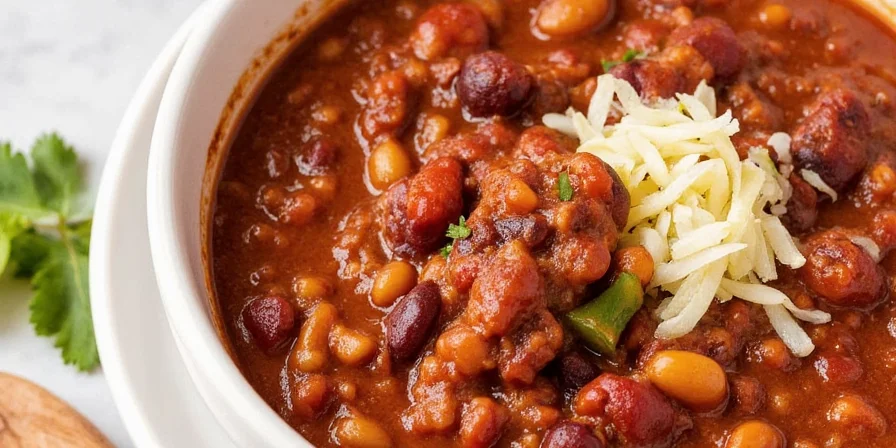
Add a pinch of cinnamon and a teaspoon of espresso powder for a dark, moody complexity. Think Mexican mole meets American comfort food.
- Taste Profile: Earthy, bittersweet, slightly fruity
- Heat Level Impact: Mildly enhances depth, not spicy on its own
- Why It Works: Both contain furaneol compounds that amplify chocolate notes while methyl cinnamate in cinnamon bridges coffee's bitterness.
2. Smoked Paprika + Chipotle Powder = Fire-Roasted Fusion
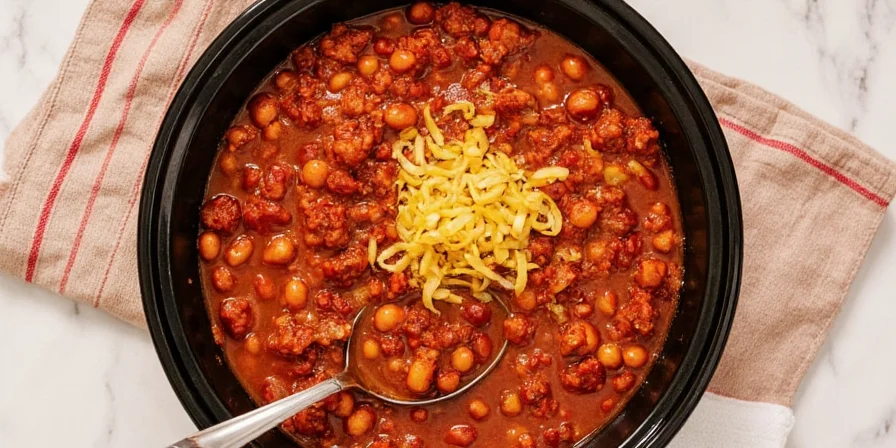
This one’s for the smoke lovers. Smoked paprika gives you campfire vibes, while chipotle powder adds a slow-burn heat with a touch of sweetness.
- Taste Profile: Smoky, spicy, slightly sweet
- Heat Level Impact: Medium to hot, depending on quantity
- Why It Works: Shared guaiacol molecules create layered smokiness while capsaicin in chipotle activates heat receptors more gradually than pure cayenne.
3. Coriander + Lime Zest = Brighten Up the Dark Side
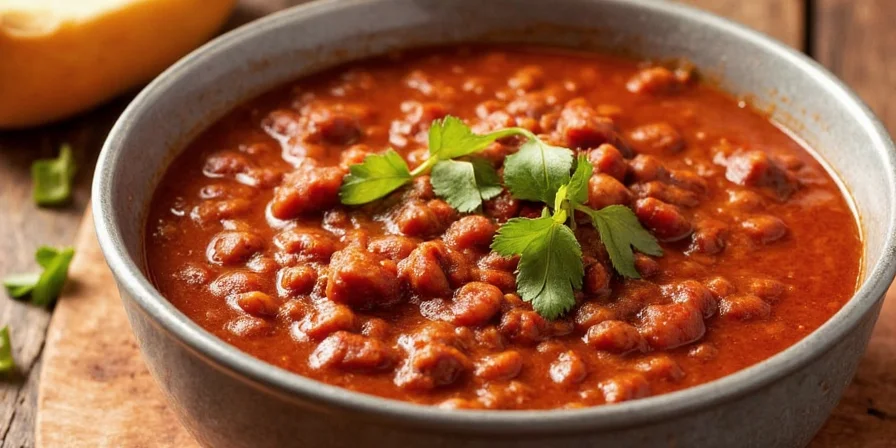
Ever feel like your chili is getting too heavy? Add a bit of freshly grated lime zest and ground coriander. It lifts the whole dish like a ray of sunshine through the clouds.
- Taste Profile: Citrusy, herbal, clean
- Heat Level Impact: None, but makes heat feel lighter
- Why It Works: Limonene in lime zest binds with linalool in coriander, creating volatile compounds that refresh heavy flavors without diluting richness.
4. Allspice + Cloves = Winter Meets Southwestern
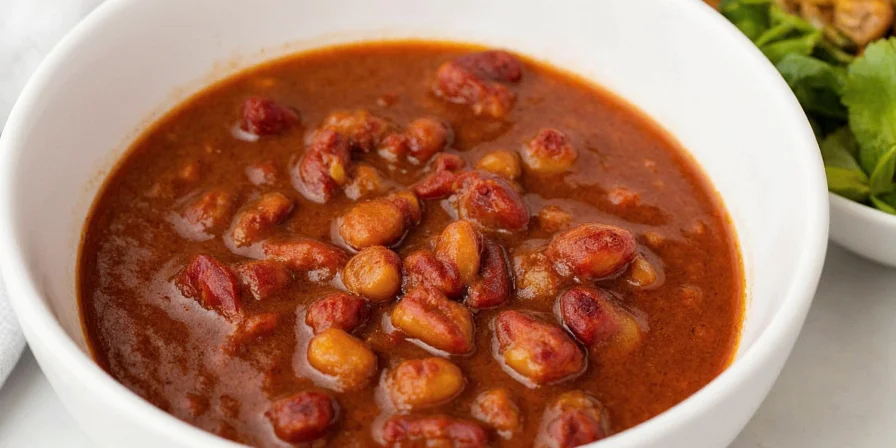
A bold move — especially around holiday season — these warm baking spices add unexpected richness and roundness to your chili.
- Taste Profile: Warm, sweet, spiced
- Heat Level Impact: Low heat, high flavor impact
- Why It Works: Eugenol dominance creates seamless integration; allspice provides myrcene for fruitiness while cloves add caryophyllene for warmth without overpowering.
5. Fenugreek + Cayenne Pepper = Sweet-Spicy Mystique
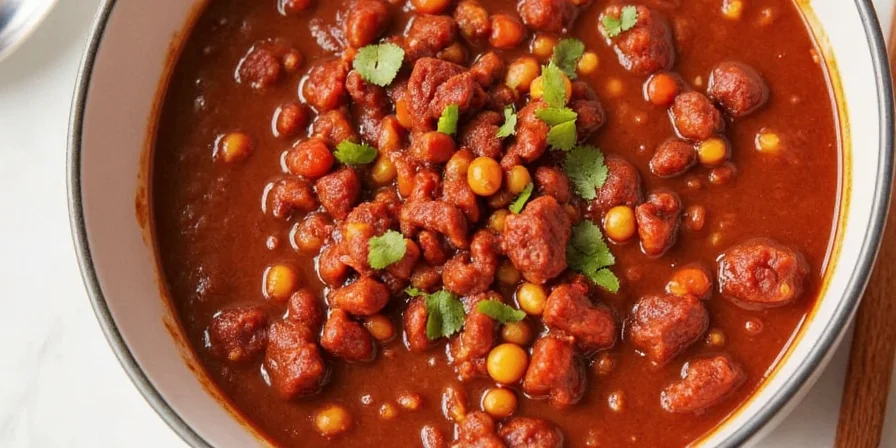
Fenugreek has a maple-syrup-like sweetness when used sparingly. Paired with fiery cayenne, it creates a flavor that lingers long after the first bite.
- Taste Profile: Sweet, nutty, spicy
- Heat Level Impact: Medium to hot, depending on dosage
- Why It Works: Sotolon in fenugreek mimics maple sweetness while capsaicinoids in cayenne bind to TRPV1 receptors, creating sustained heat perception without sharp burn.
6. Turmeric + Black Pepper = Golden Glow & Flavor Enhancement
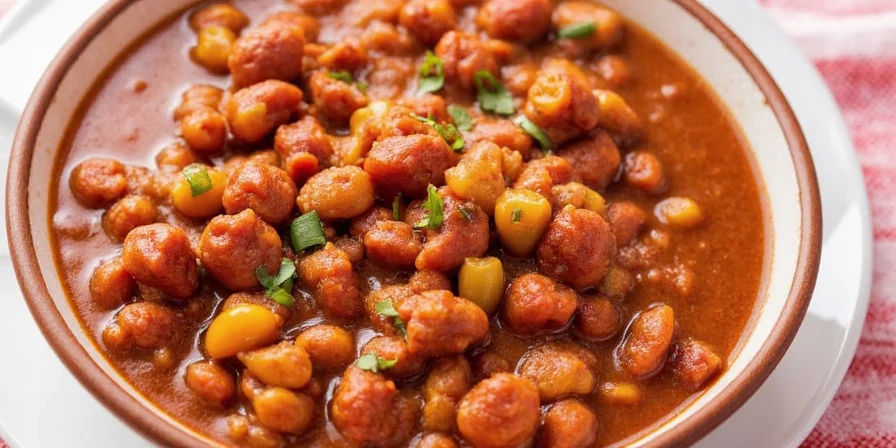
Turmeric adds a vibrant golden hue, and when paired with black pepper, its flavor compounds become more pronounced. This duo brings earthy richness to vegetarian chili.
- Taste Profile: Earthy, slightly bitter
- Heat Level Impact: None, but complements other spices
- Why It Works: Piperine in black pepper increases curcumin solubility by 2000%, transforming turmeric from muted background note to vibrant flavor contributor.
7. Star Anise + Dark Cocoa = Umami Bombshell
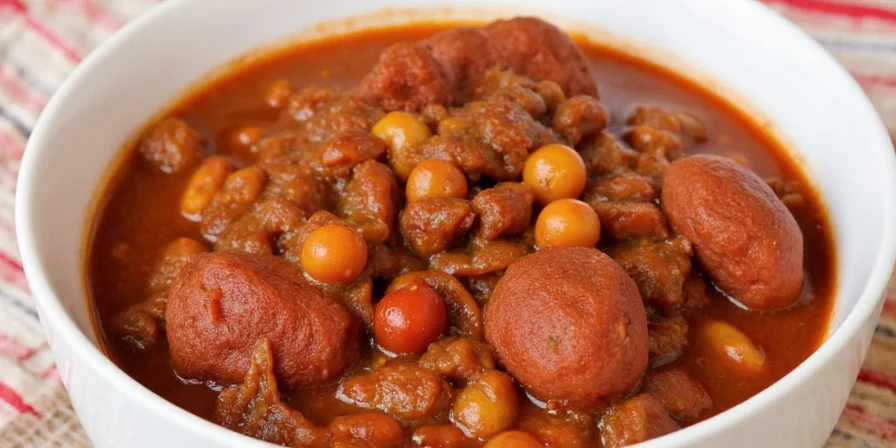
Anise brings licorice notes, while dark cocoa intensifies the meatiness. Together, they create an umami explosion that’ll have people asking for the recipe — twice.
- Taste Profile: Licorice, chocolate, savory
- Heat Level Impact: None, but enhances overall flavor perception
- Why It Works: Anethole in star anise synergizes with theobromine in cocoa, activating umami receptors while suppressing bitter notes through molecular masking.
Spice Comparison Chart: Sweet, Smoky, Heat, and Beyond
| Spice Pairing | Sweetness | Smokiness | Heat Level | Flavor Profile | Best For |
|---|---|---|---|---|---|
| Cinnamon + Espresso | ⭐⭐⭐ | ⭐ | ⭐ | Bitter-sweet, deep | Meat-based chili, rich textures |
| Smoked Paprika + Chipotle | ⭐⭐ | ⭐⭐⭐⭐ | ⭐⭐⭐ | Smoky, spicy, sweet | Smoky BBQ-style chili |
| Coriander + Lime Zest | ⭐ | ⭐ | — | Citrusy, fresh | Bean-only chili, veggie chili |
| Allspice + Cloves | ⭐⭐⭐ | ⭐⭐ | ⭐ | Warm, spicy, festive | Winter gatherings, holiday meals |
| Fenugreek + Cayenne | ⭐⭐ | — | ⭐⭐⭐ | Sweet-spicy, nutty | Beef or lamb chili |
| Turmeric + Black Pepper | ⭐ | — | — | Earthy, vibrant | Vegetarian chili, immune boosters |
| Star Anise + Dark Cocoa | ⭐⭐ | ⭐⭐⭐ | — | Licorice-chocolate, savory | Game meats, wild game chili |
Pro Tips: How to Layer Flavor Like a Spice Master
You’ve got the spice pairings down — now here’s how to make them sing:
- Toast Whole Spices First: Lightly toast whole seeds like cumin, coriander, or fennel in a dry pan before grinding. It unlocks oils and deepens flavor.
- Bloom Ground Spices in Oil: Don’t just dump them into the pot. Sauté them in a bit of oil for 30 seconds to bloom the aromatics.
- Add in Stages: Add some spices early (like cumin), mid-cook (like smoked paprika), and even at the end (like lime zest) for layering.
- Taste as You Go: Spices evolve during cooking, so don’t rely solely on the recipe — adjust as needed.
- Balance with Acid or Sweetness: If things get too intense, a splash of vinegar or a teaspoon of brown sugar can save the day.
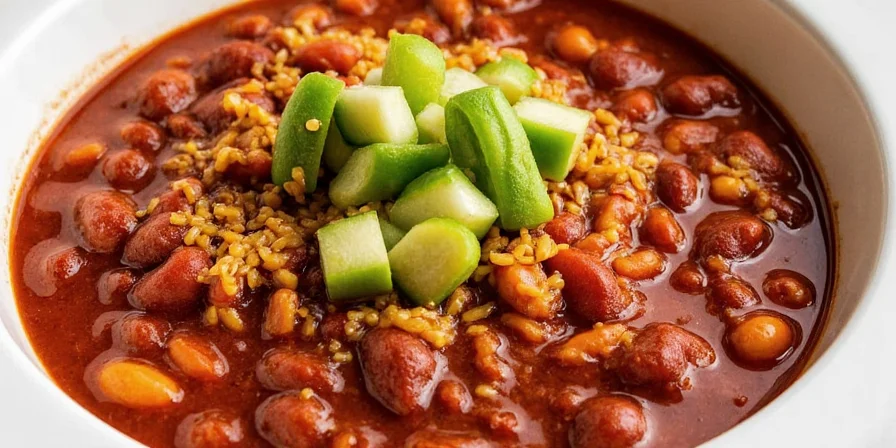
Final Thoughts: Make It Your Own
Spice pairing is part science, part art, and a lot of soul. While the classic lineup will always be reliable, understanding the molecular dance behind flavor combinations empowers you to innovate fearlessly.
So next time you drop those beans into the slow cooker, ask yourself: What if I added a hint of star anise? Or a dash of cinnamon and espresso? Who says chili can’t be mysterious, magical, and a little moody?
Your taste buds will thank you — and so will anyone lucky enough to sneak a second helping.

Frequently Asked Questions
Can I use these spice pairings with store-bought chili powder?
Yes, but adjust quantities. Store-bought chili powder often contains salt and pre-mixed spices. Start with half the recommended amount of our pairings and taste after 2 hours of cooking to avoid over-seasoning.
How do I adapt these pairings for vegetarian chili?
Focus on umami-enhancing pairings like star anise + dark cocoa or turmeric + black pepper. Replace meat with mushrooms or walnuts, and add 1 tablespoon of tomato paste to boost glutamate levels for richer depth.
What if I don't have fresh lime zest for the citrus pairing?
Substitute with 1/4 teaspoon lemon oil or 2 tablespoons of preserved lemon rind. Avoid bottled juice as it lacks the essential oils in zest that create flavor synergy with coriander.
Do these pairings work for all slow cooker sizes?
Yes, but adjust by liquid volume. For 6+ quart cookers, increase pairings by 25%. For compact models under 4 quarts, reduce by 15% to maintain flavor balance without overwhelming intensity.

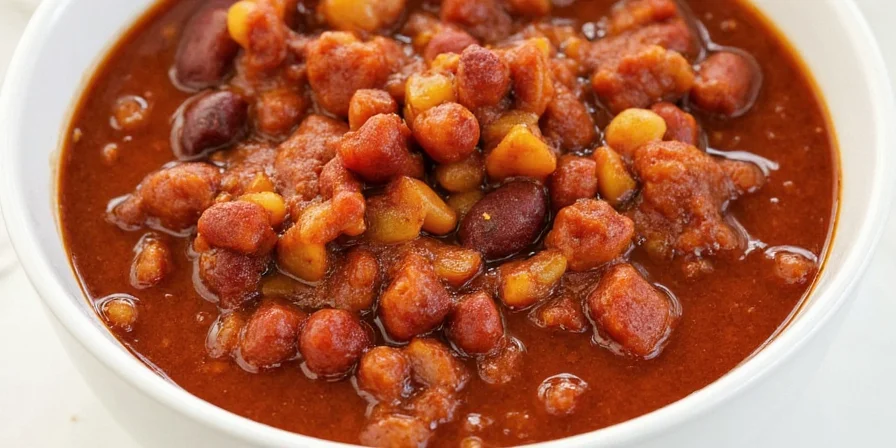









 浙公网安备
33010002000092号
浙公网安备
33010002000092号 浙B2-20120091-4
浙B2-20120091-4